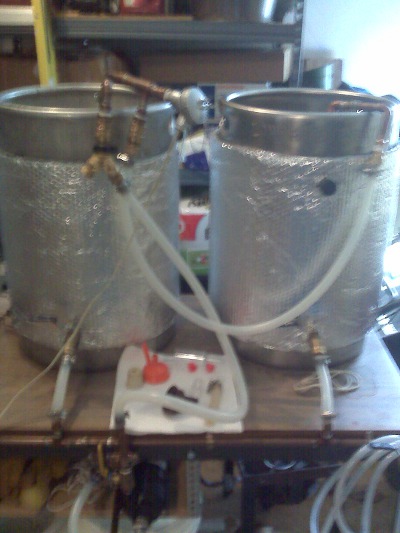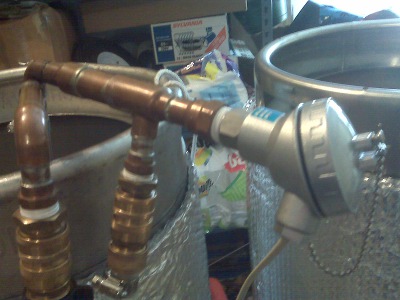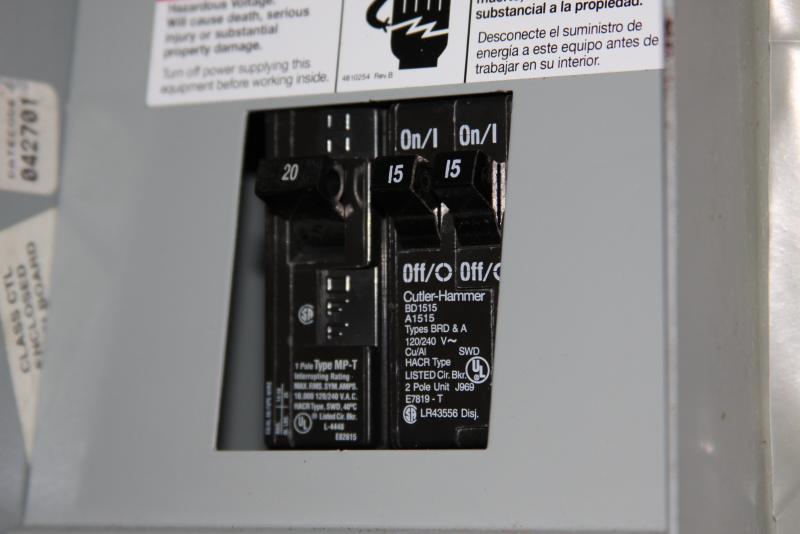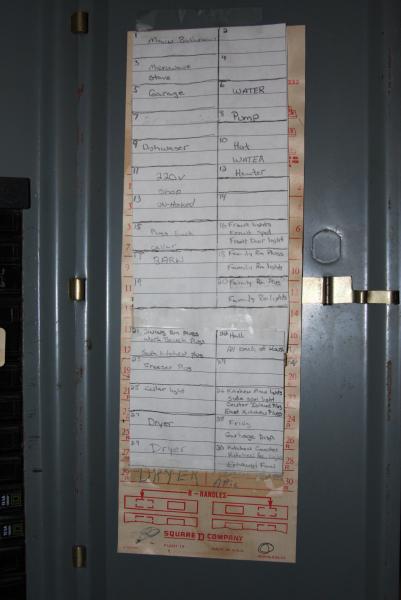Ah! - I only saw 1500 and 2000 watt and 5500 elements at HD yesterday. I must have overlooked the 3K watt one. I thought you meant to use two 1500watts for a total of 3K.
I don't think 3000W/240V is a common size, so you may not find them at lowe's or home depot, but they are readily available online for less than $10.
By putting the element into the mash tun, I had thought about running it off a PID to maintain mash temps. I would be installing a recirculating pump to even out temp changes. Am I missing something here?
If I understand you, you were only talking about using the 3K element for wort boiling. Is there a good way to automate a mash tun's temp with an electric element? I thought that was the purpose of the PID controller and an installed element + circulating pump.
If you put the element directly into your mash, you will most likely scorch the grain and have some crappy tasting beer. To maintain mash temps, you should to look into HERMS or RIMS systems. In those systems, you pump the wort out of the MLT, heat it up (just liquid, no grain), and then return the wort to the MLT. The element is never in contact with the grain.
The typical RIMS set up uses a stainless steel tube with a heater element in one end and a temp probe in the other and T's to bring wort in and out. You pump the worth through that tube and the PID monitors the temp of it as it exits the tube, and will bump the heater element when it needs to in order to maintain your set temp.
The typical HERMS set-up is a copper or stainless coil sitting in hot water. You pump wort from the MLT through that coil. The PID monitors either (a) the temp of the hot water or (b) the temp of the wort that is exiting the coil and boost the heat of the water when it needs to.
So to sum it up, my intent was (for hands off approach and no holes to the kettles)
1. build a heat stick and hook it up to a PID controller. Use that to control mashtemps with the help of a recirculating pump
2. use the same heat stick to then boil my wort after the mash is done (with the help of the PID controller)
If you really want to avoid cutting holes in kettles, and you want to keep your costs as low as possible, then build a heat stick and go with HERMS.
You can mount the temp probe in a little chamber at the output of your copper coil. Sit that in a kettle full of water and put the heat stick in there, too. Pump wort through the coil and let the PID turn the heat stick off and on as necessary to maintain the temp of the wort that is coming out of the coil and back to the MLT.
When you are done mashing, pump the wort to another empty kettle and move the heat stick into that kettle. You're going to boil in there.
The hot water that you had in the first kettle is your sparge water. Pump it into the MLT for a batch sparge.
Pump the MLT contents to the boil kettle again to complete the sparge.
Flip the PID into manual mode and run it at 100% power until the kettle starts to boil. If necessary, dial the power down from 100% if your boil is too strong. But, with 3000W and 7 or so gallons of wort, you'll probably be find just running at 100%.
SO.. one heat stick, one PID, one probe mounted to your movable coil, and no keg cutting and you have fully electric HERMS.









































![Craft A Brew - Safale S-04 Dry Yeast - Fermentis - English Ale Dry Yeast - For English and American Ales and Hard Apple Ciders - Ingredients for Home Brewing - Beer Making Supplies - [1 Pack]](https://m.media-amazon.com/images/I/41fVGNh6JfL._SL500_.jpg)






















